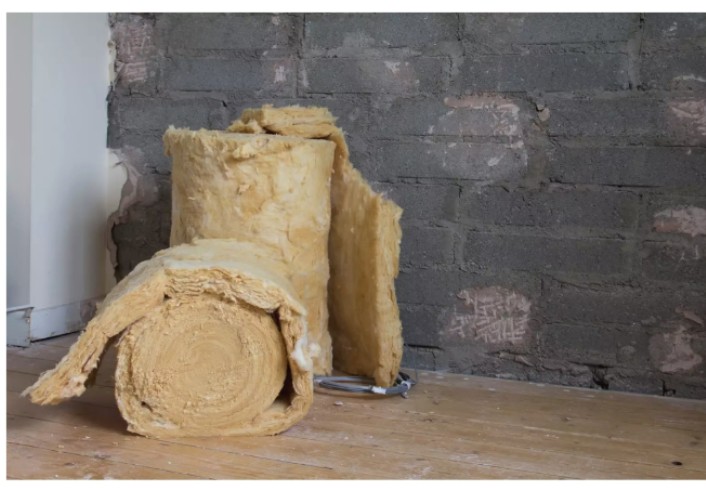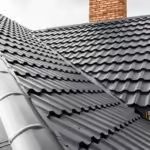Insulation plays a critical role in making your home comfortable and energy-efficient. Choosing the right type of insulation can save you money on energy bills and improve your home’s overall comfort, notes the Action Properties Management team. This guide will walk you through various insulation types and help you determine which one is best for your needs.
Fiberglass Insulation
What Is It?
Fiberglass insulation consists of fine glass fibers and is available in various forms, including batts, rolls, and loose-fill. It is widely used because it offers a cost-effective solution with strong thermal insulation performance.
Benefits
- Cost-Effective: Generally cheaper than other types of insulation.
- Good Thermal Performance: Provides a high R-value per inch, which measures its effectiveness at resisting heat flow.
- Fire Resistant: Fiberglass is non-combustible and won’t burn.
Drawbacks
- Skin Irritation: Handling fiberglass can irritate your skin, eyes, and respiratory system.
- Installation Challenges: It requires careful installation to avoid gaps and ensure optimal performance.
Best For
Fiberglass is ideal for standard home insulation needs in walls, attics, and floors. It’s especially suitable if you’re looking for a budget-friendly option.
Foam Board Insulation
What Is It?
Foam board insulation, also known as rigid foam, comes in sheets made from materials like expanded polystyrene (EPS), extruded polystyrene (XPS), or polyisocyanurate.
Benefits
- High Insulating Value: Offers excellent R-values, making it highly effective at resisting heat flow.
- Moisture Resistant: Generally impervious to moisture, which helps prevent mold and rot.
- Easy to Cut and Install: Can be easily cut to fit specific spaces.
Drawbacks
- Higher Cost: More expensive than fiberglass and cellulose.
- Environmental Concerns: Some foam boards have a higher environmental impact due to their production processes.
Best For
Foam board insulation is perfect for areas prone to moisture, such as basements, and for situations where a high R-value is needed with minimal space.
Spray Foam Insulation
What Is It?
When applied, spray foam insulation starts as a liquid that expands and solidifies into foam. It is available in two varieties: open-cell and closed-cell.Consider exploring wall cavity insulation grants to help offset the cost of improving your home’s energy efficiency.
Benefits
- Superior Air Sealant: Expands to fill gaps and cracks, providing excellent air sealing.
- High R-Value: Both open-cell and closed-cell spray foam offer high R-values.
- Moisture Barrier: Closed-cell spray foam provides a strong moisture barrier.
Drawbacks
- Cost: Generally the most expensive insulation type.
- Professional Installation: Requires professional application to ensure proper installation and effectiveness.
Best For
Spray foam insulation is ideal for hard-to-reach areas and for creating an air-tight seal in your home. It’s particularly useful in attics and wall cavities where air leaks are a concern.
Cellulose Insulation
What Is It?
Cellulose insulation is made from recycled paper products treated with a fire retardant. It’s typically installed as loose-fill or dense-packed material.
Benefits
- Environmentally Friendly: Made from recycled materials, it’s an eco-friendly choice.
- Good Air Barrier: Provides a tight seal against air leaks when properly installed.
- Cost-Effective: Generally less expensive than spray foam and foam board.
Drawbacks
- Settling Over Time: Can settle and lose some insulating effectiveness over time.
- Moisture Issues: Can absorb moisture, potentially leading to mold issues if not properly installed.
Best For
Cellulose is a great option for retrofitting existing homes, especially for attics and wall cavities. It’s also an environmentally conscious choice.
Conclusion
Choosing the right insulation for your home depends on various factors, including budget, insulation needs, and environmental conditions. Fiberglass and cellulose offer cost-effective solutions, while foam board and spray foam provide higher R-values and moisture resistance. Consider your specific needs and consult with a professional to make the best choice for your home’s insulation. You’ll enjoy a more comfortable, energy-efficient living space with the right insulation.


